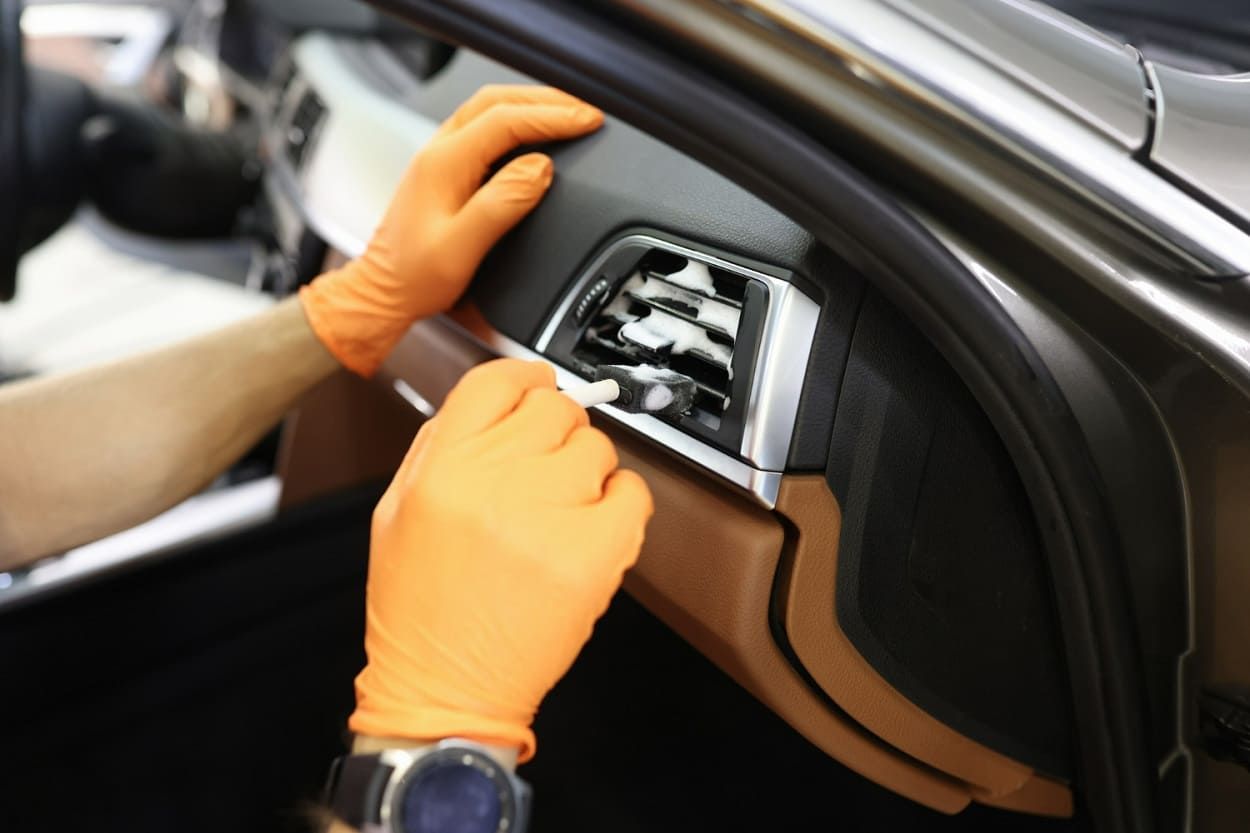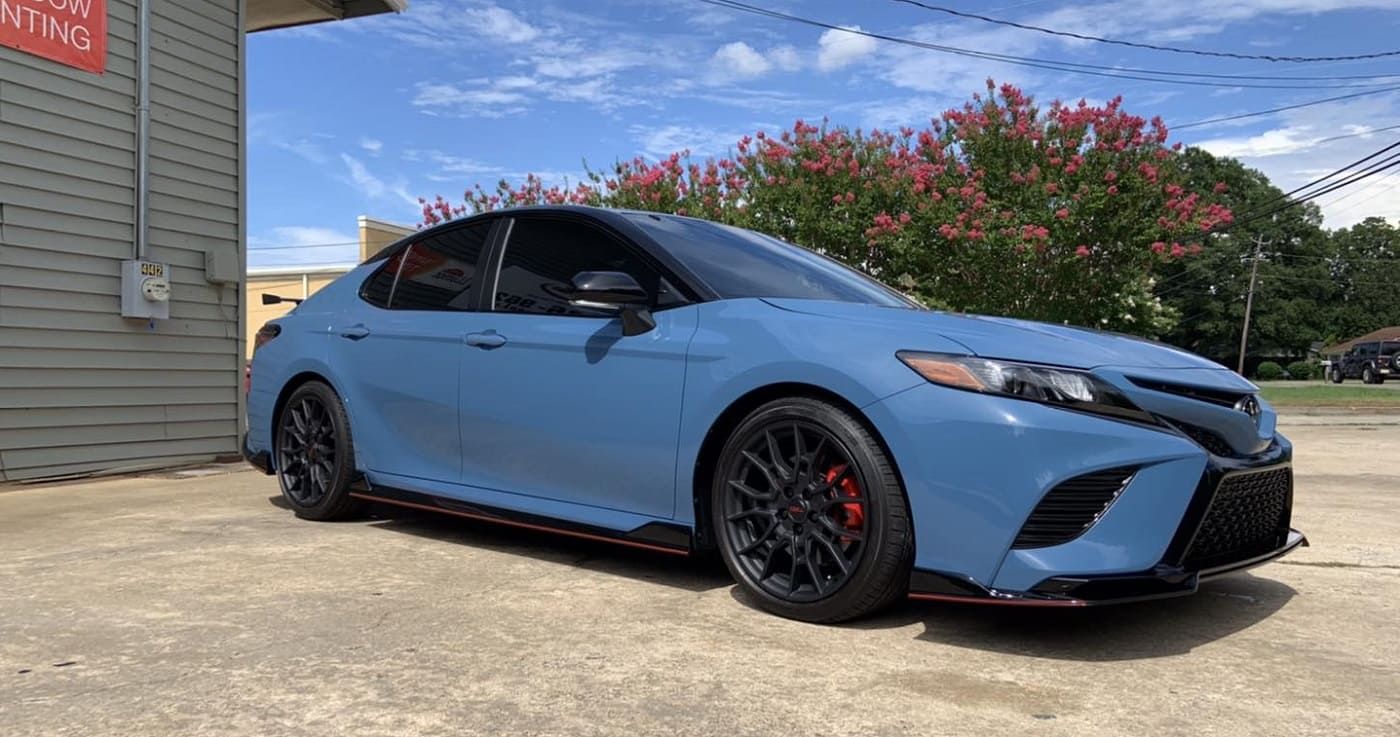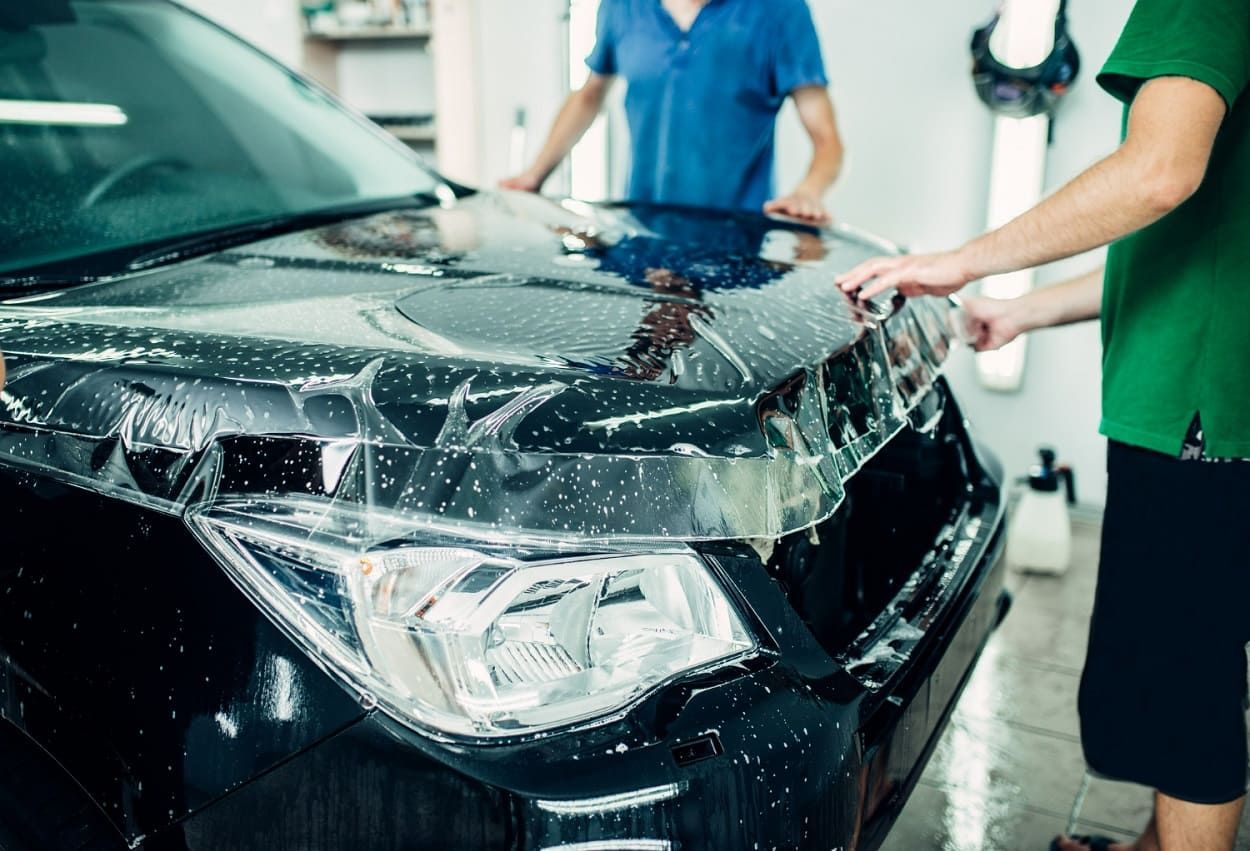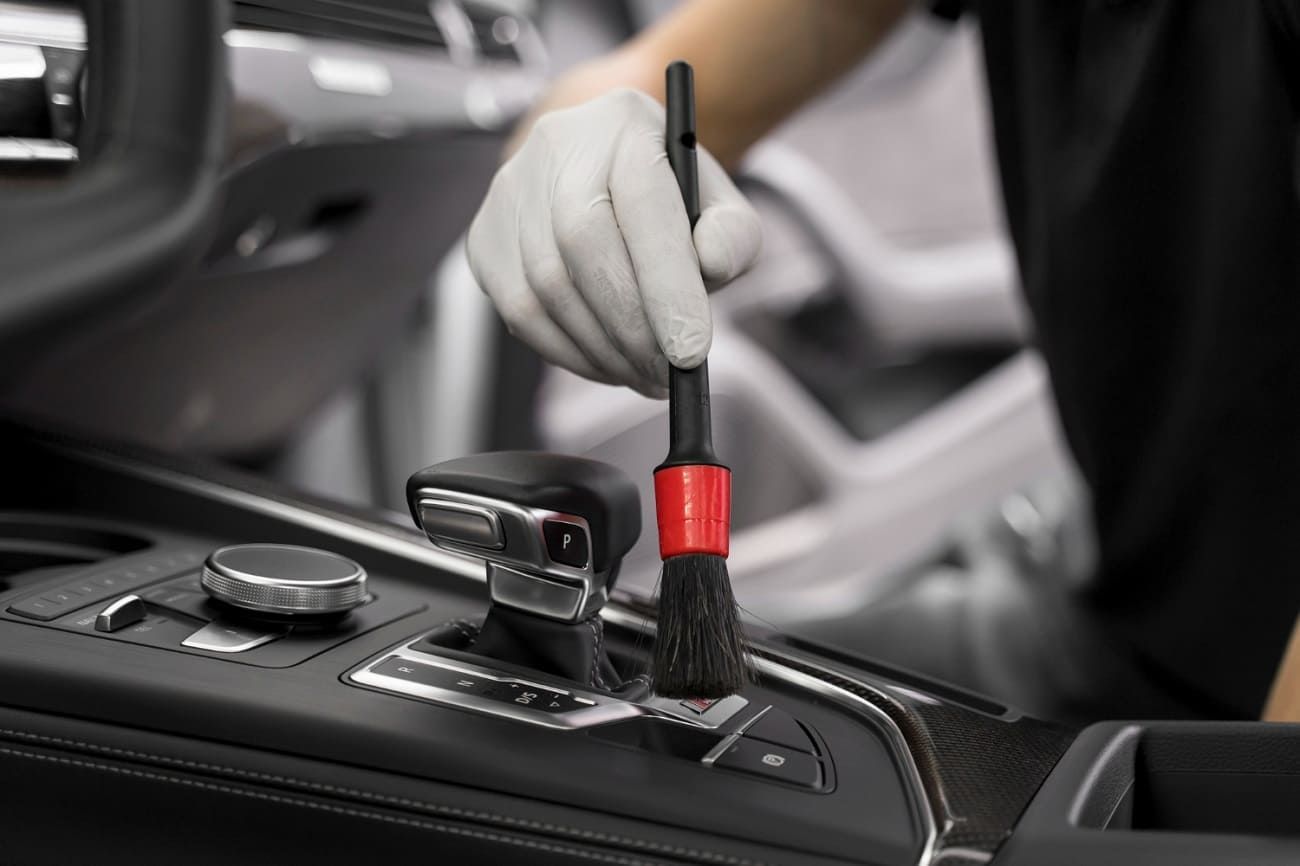Unique Films Tint & Detail Center
Vehicle Window Tint Laws in Your Home State: What You Need to Know
If you want to tint your car's windows, keep reading. Some states have different window tint laws, so it's wise to learn them before proceeding with the tint.
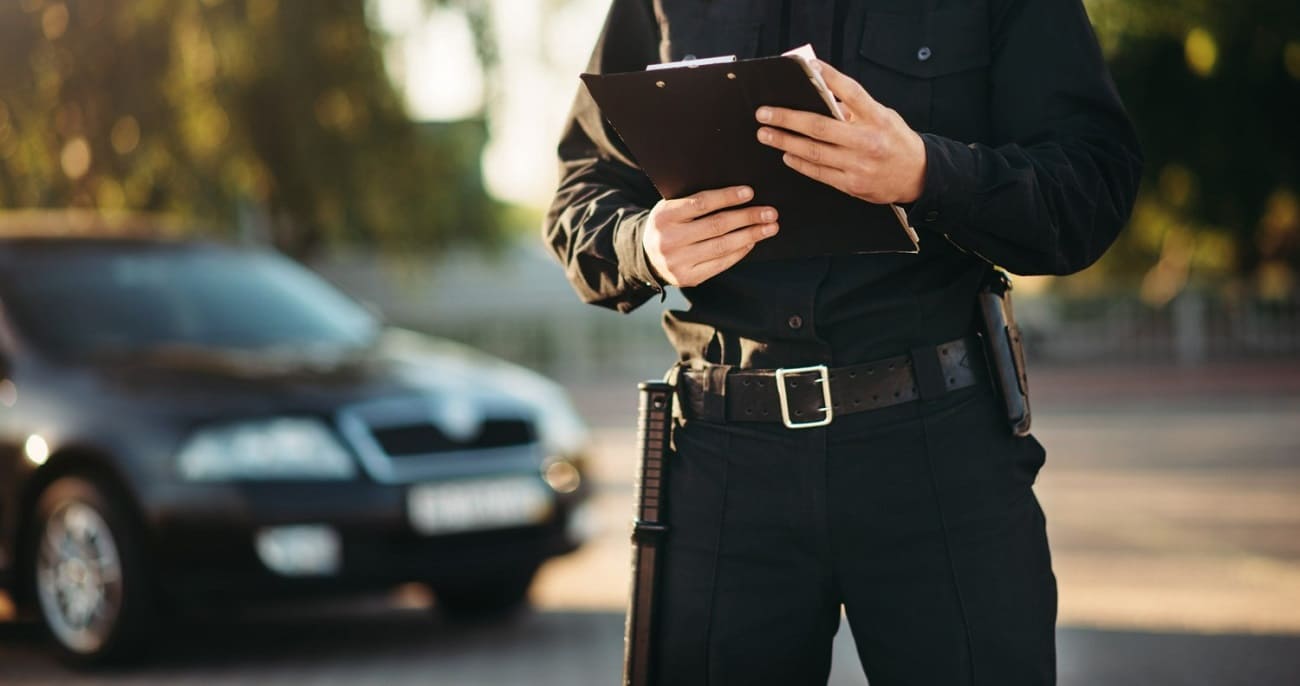
Vehicle window tints can block nearly 99% of UV rays. While UV radiation levels are much lower inside a car, you still need window tints to protect you from the rays that penetrate your windows. Apart from blocking UV rays, tints also keep your car cooler and increase privacy.
But before you install them, it’s important to know about vehicle window tint laws in Alabama and other states. For the ultimate guide to legal window tints, keep reading.
Is Window Tint Legal in Alabama?
Window tinting is not banned in Alabama. You can install window tints as long as you follow the stipulated guidelines.
These laws often deal with how dark and/or reflective the tint is.
Window Tint Laws in Alabama
Window tint darkness can be determined by a visible light transmission (VLT) percentage. VLT refers to the amount of light that can pass through your car window tint film. The lower the VLT, the darker the tint.
The appropriate darkness level in Alabama varies for different vehicles. Here’s how:
Window Tint Darkness for Passenger Vehicles
Passenger vehicles include sedans. Below are the recommended window tint laws:
Windshield
If you are using non-reflective or transparent tints, you can install them on the upper six inches of your car’s windshield. It will help reduce the amount of sunlight that comes into your vehicle. However, darker or reflective tints aren’t allowed.
Front Side Windows
For front-side windows, 32% tint VLT film is acceptable. This level of tint will keep you away from trouble with the law while offering the perks of car window tints.
Backside Windows
When it comes to tinting your backside windows, the auto tinting company should apply tints with 32% VLT. This is quite easy to see through for safe reversing.
Window Tint Darkness for Multi-Purpose Vehicles
Multi-purpose vehicles are also known as multi-passenger vehicles. They include SUVs and vans. Here are appropriate window tint darkness levels:
Windshield
You can add non-reflective tint to the upper six inches without worrying about violating regulations. There's no particular window tinting level regulation for this section.
Front Side Windows
Alabama law allows you to use a maximum of 32% VLT on the front side windows of your multi-purpose vehicles. This tinting level allows you to see through clearly.
Backside and Rear Windows
There is no window tinting darkness limit for the back side and rear windows. This means you can use any darkness level here.
Permitted Tint Reflection in Alabama
Reflection is also an important factor to consider when installing window tints. It refers to the amount of light that’s reflected off your tinted film. You can use reflective tint to reduce glare.
The more reflective your tint is, the more difficult it will be to look through it. This is why there are regulations placed that you should follow.
Window tint regulations for sedans include:
- Windshield: Tint must be non-reflective and very transparent
- Passenger Side Windows: Should not be more than 20% reflective
- Driver Side Windows: Should not be more than 20% reflective
- Rear Window: Should not be more than 20% reflective
Window tint regulations for Vans and SUVs in Alabama include:
- Windshield: Use non-reflective tint only
- Driver Side Windows: Reflective up to 20%
- Passenger Side Windows: Reflective up to 20%
- Rear Window: Reflective up to 20%
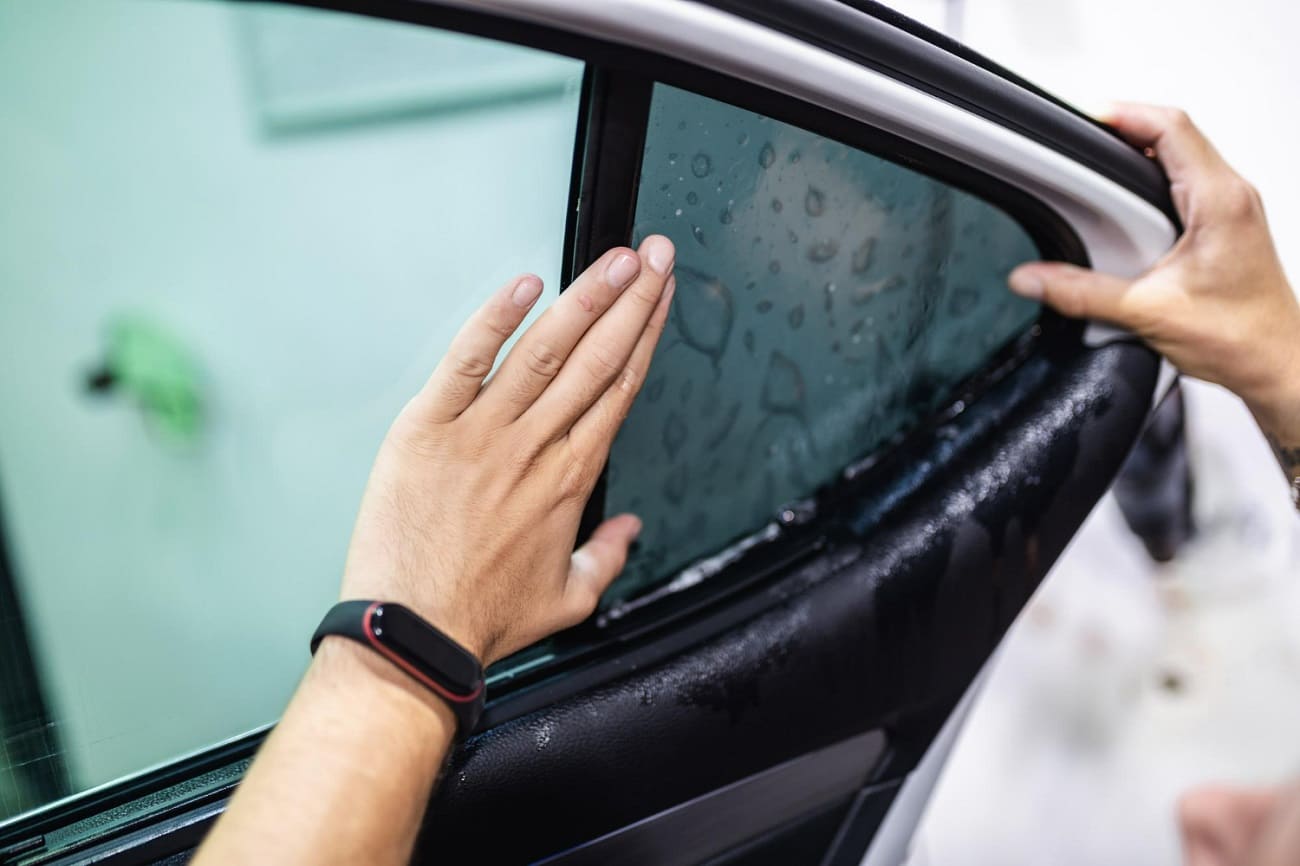
Other State’s Laws on Vehicle Window Tints
Different states have different laws regarding vehicle window tints. Check out this sample of state laws:
Front-Side Window Tint Level
Front side window tinting is by far the most varying window tinting law in the country. Here are the tinting levels for each state:
- 20%: New Mexico
- 24%: Washington, Montana
- 25%: Texas, Oklahoma, Arkansas
- 27%: South Carolina, Colorado
- 28%: Wyoming, Mississippi, Florida
- 30%: Indiana
- 32%: Georgia, Hawaii, Alabama
- 33%: Arizona
- 35%: West Virginia, Tennessee, South Dakota, Oregon, North Carolina, Nevada, Nebraska, Missouri, Maine, Maryland, Massachusetts, Kansas, Kentucky, Illinois, Idaho, Connecticut
- 40%: Louisiana
- 43%: Utah
- 50%: Virginia, Wisconsin, Ohio, North Dakota, Minnesota
- 70%: Pennsylvania, Rhode Island, New York, Iowa, District of Colombia, Delaware, California, Alaska
States like Vermont, New Hampshire, and New Jersey prohibit any tinting on the front side windows.
Back and Rear Window Tint Level
States tend to be more tolerant when it comes to back-side and rear window tinting laws. For instance, 13 states allow any amount of tinting on back-side windows. These include California, Arizona, Delaware, Iowa, Michigan, Maine, Missouri, Nevada, New Jersey, Utah, North Dakota, and more.
Most other states have a VLT limit between 15% and 50%. Only three states have a VLT limit of 70%. These states are New York, Pennsylvania, and Rhode Island.
For rear windows, 16 states allow any tinting on the rear window including New York, Arizona, Connecticut, Texas, Utah, and more. Other states permit between 10% and 50%. Pennsylvania and Rhode Island are the only two states with a VLT limit of 70%.
Window Tinting Law Medical Exceptions
Many states provide car window tinting exceptions for drivers that have legitimate medical issues. You can get a medical exemption certificate for dark window tinting if you suffer from conditions like:
- Albinism
- Bloom Syndrome
- Light-Sensitive Prophyria
- Cockayne Syndrome
- Erythropoietic Protoporphyria
- Lupus
- Solar Urticaria
- Xeroderma Pigmentosum
If you have issues with sunlight sensitivity, you can apply for an exemption from the state’s tinting law through the DMV. For residents of Alabama, the Alabama State Law Enforcement Agency (ALEA) can issue medical exemptions for car owners.
To get this exemption, you should have a letter from your doctor that shows that you need window tints for medical reasons. The letter should include your name, date of birth, and the specific reason you need window tints. Once you get authorization, you can apply window tints and get your car back on the road.
Always carry your authorization with you whenever you’re driving. You will need to present it to law enforcement officers if they ask for it.
Window Tinting Penalties
Penalties for window tinting violations can vary from state to state. To see if you have violated window tinting regulations, the police will use a special device to measure the amount of light passing through your vehicle window. In case the VLT doesn’t fall within the standard range, they will issue you with a citation.
Depending on your state, penalties can be as minor as a warning and an order to remove the tint. You may also have to pay a fine or face jail time. For instance, you can get a $100 fine, 10 days in jail, or even both in Alabama.
Get the Right Window Tinting for Your Car in Alabama
To avoid penalties, you need to follow the window tint laws in Alabama. At Unique Films Tint & Detail Center, we will install the appropriate tints for your car windows.
Contact us today to get a free estimate.
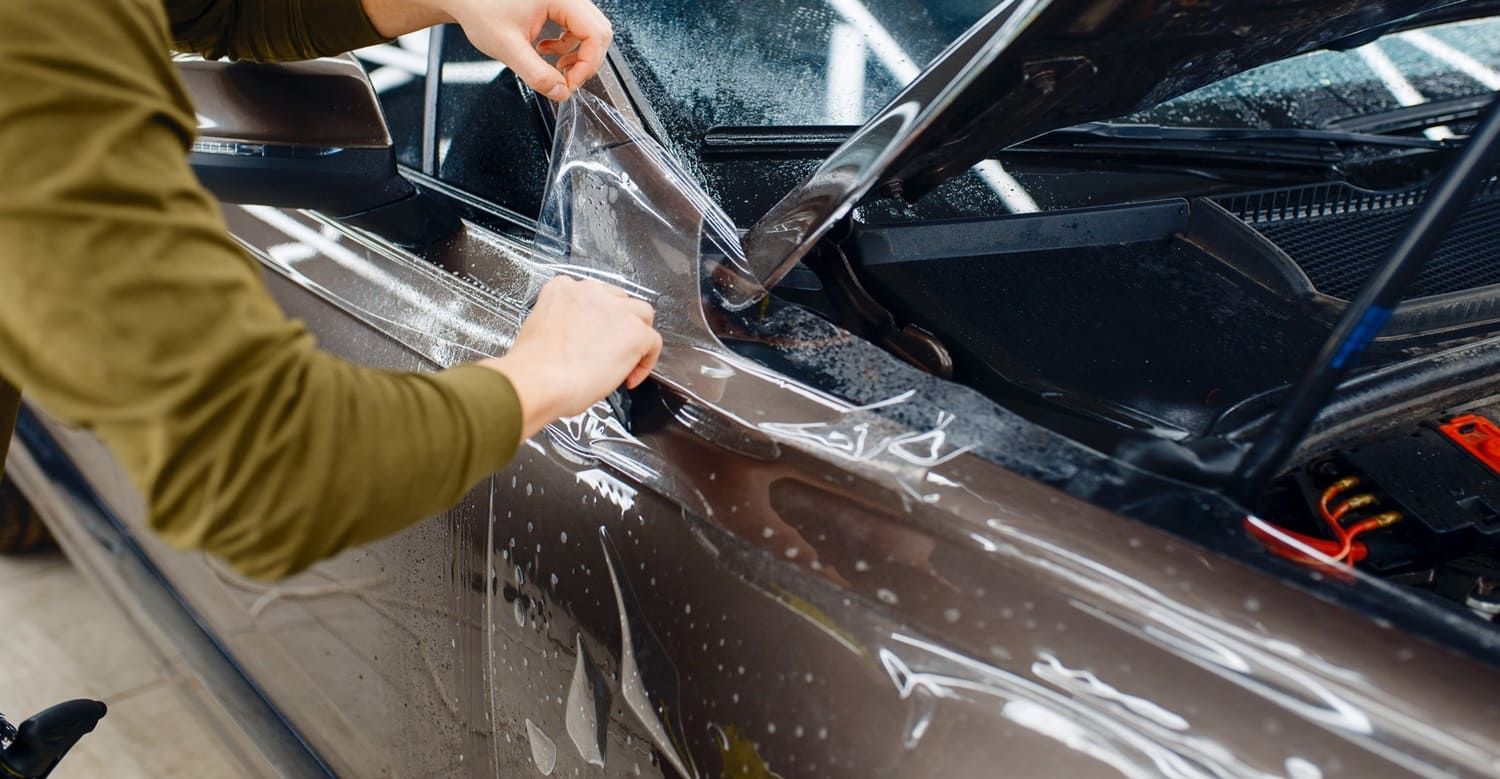
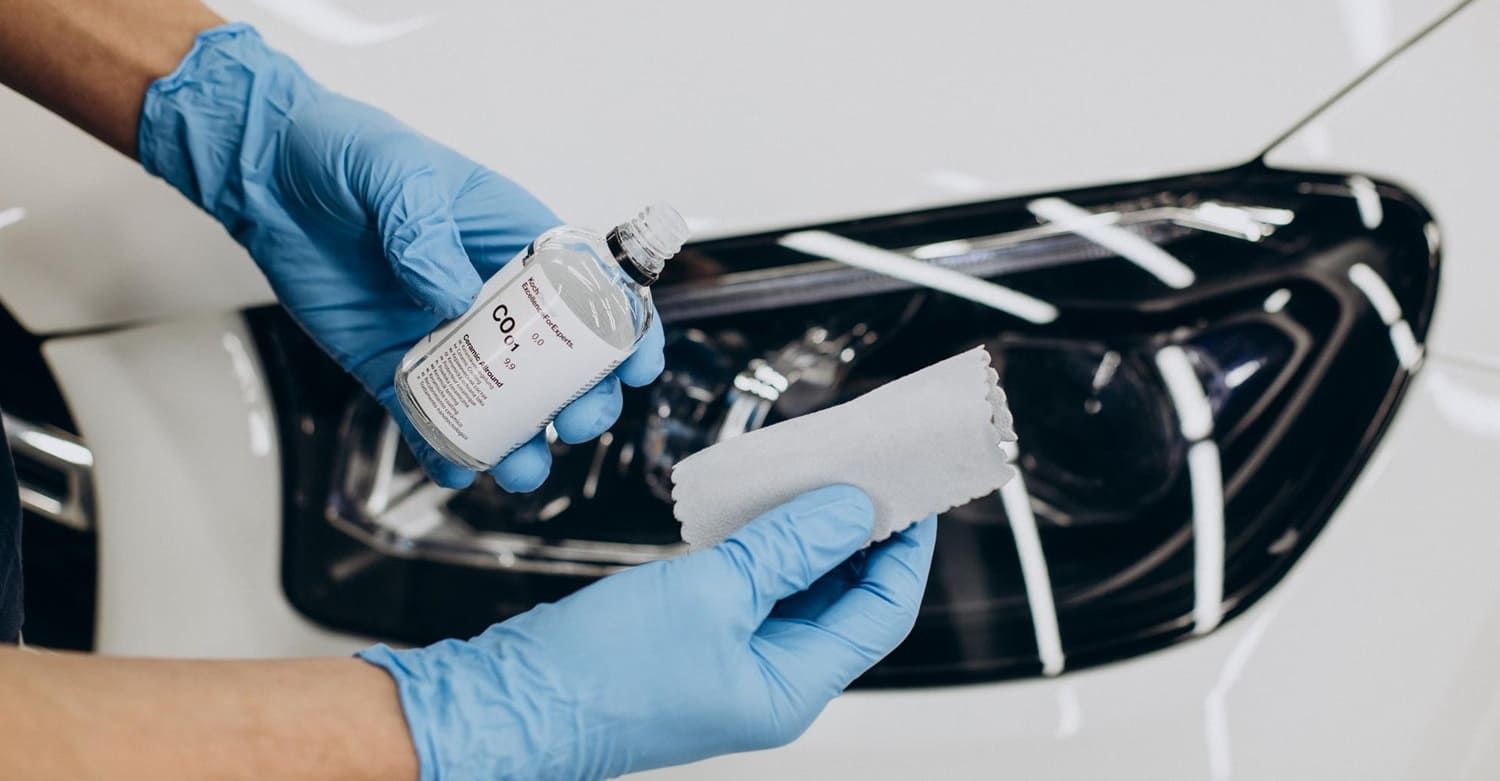

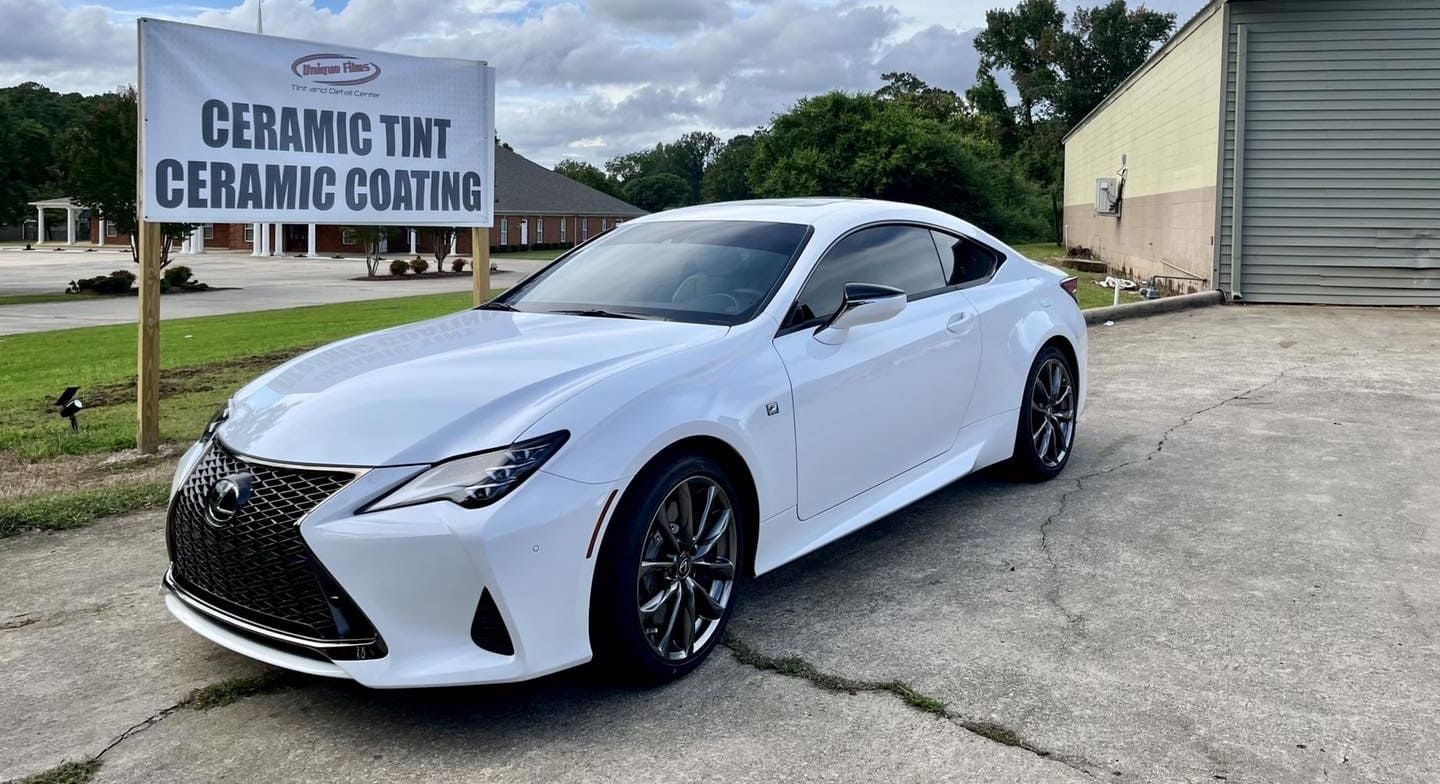

GARDENDALE, AL
442 Tarrant Rd
Gardendale, AL 35071
BUSINESS HOURS
Monday - Saturday: 8am to 6pm
Sunday:
CLOSED
Homewood, AL
237 Oxmoor Circle, Suite 110
Homewood, AL 35209
BUSINESS HOURS
Monday - Sunday: 8am to 6pm
Saturday:
CLOSED
All Rights Reserved | Unique Films Tint & Detail Center



